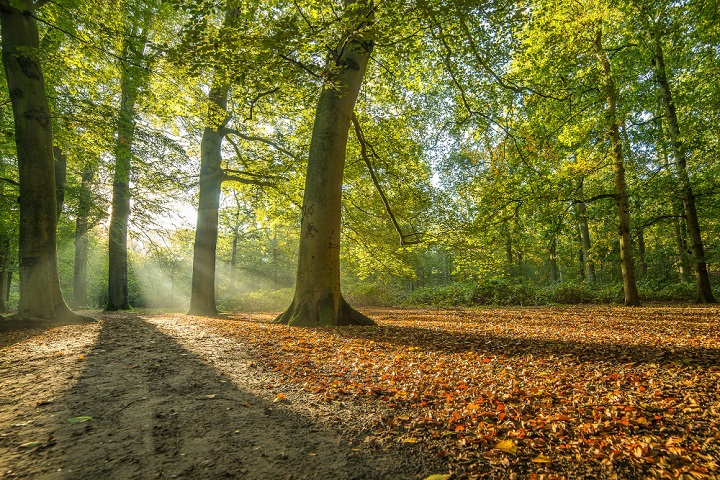Replant and live in harmony with nature. This is what greening the territory consists of, whether rural or urban: reforesting to recover the habitat degraded by human activity and favoring the proper functioning of ecosystems. Trees are not only a central piece of biodiversity with their crowns, their bark and their shade sheltering hundreds of species, but they also have a strategic function as a solution to the climate crisis, since they absorb and retain carbon. Green corridors, on the other hand, serve to connect natural areas that share ecological characteristics. Sometimes it is the same habitat that has been fragmented, normally due to roads and other elements of human action, where connections must be established to favor the natural transit of the species that depend on that environment.
Currently, on our planet, we are losing large forest masses year after year, because of deforestation or forest destruction. These forests fulfill important functions in ecosystems, such as serving as habitat for various species or mitigating the effects of global warming. Desertification, or loss of fertile and productive soil, is one of the problems that deepens when reducing the number of trees increases the greenhouse effect, in the climate crisis that the planet is experiencing. One of the solutions is reforestation. Despite its drawbacks, it has become an alternative to recolor thousands of hectares green.
Trees (and plants) carry out photosynthesis. In this process, they use part of the carbon dioxide that we emit when we breathe or in our daily activities and transform it into oxygen, among other products. Therefore, reforestation is important to produce oxygen on our planet and thus supply the living beings that inhabit it.

The trees of large, forested areas have the ability to trap and eliminate polluting particles such as dust, pollen, smoke and ashes that can be harmful to our lungs.
Trees with their effect of using and converting carbon dioxide into oxygen help reduce the greenhouse effect on our planet. This effect is created because gases such as CO2 and others cause the Earth’s heat to be retained in the atmosphere and not released, contributing to increased global warming.
Trees are important agents to ensure water conservation and decrease soil erosion. Thanks to reforestation, we managed to stop the currents of torrential waters in the soil and reduce the erosion and sedimentation of the rivers.
Trees and forests serve as a habitat for a great diversity of species on Earth, including decomposers, birds, or different mycological species. With reforestation, we would recover this lost biodiversity in that area and that is necessary.
Trees reduce the so-called thermal island effect or heat island, which occurs in cities as a result of heat retention by materials such as concrete and others. In this way, reforestation can modify the local climate and lower temperatures a little.
AMONG THE MAIN OBJECTIVES

IC INTERNATIONAL GROUP
Copyright © 2024. Todos los derechos reservados
to save your favourite homes and more
Log in with emailDon't have an account? Sign up
Enter your email address and we will send you a link to change your password.
to save your favourite homes and more
Sign up with emailAlready have an account? Log in